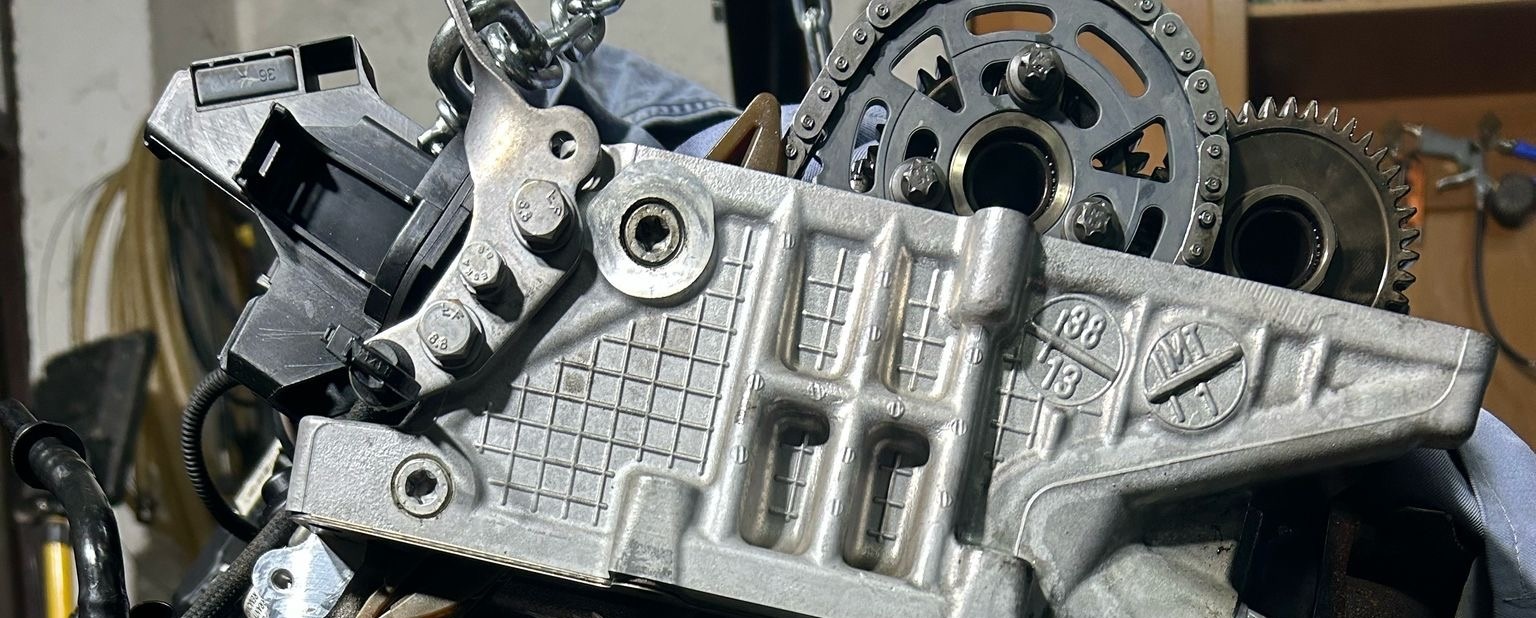In the past, older cars with timing chains were known for their durability and longevity. These chains often lasted for hundreds of thousands of miles without issue, contributing to the engine's overall reliability. However, newer vehicles seem to face more problems with timing chain degradation, a trend that has raised concerns among car owners and mechanics alike.
One major difference between older cars and newer models is the overall quality and design of the timing chains. In older cars, manufacturers used robust materials and engineering methods, resulting in timing chains that could endure the test of time. These chains were generally built to last as long as the car itself, and with regular maintenance, they rarely required replacement.
In contrast, many modern cars seem to experience timing chain issues much earlier in their life cycle. Several factors contribute to this, including cost-cutting measures in manufacturing and the complexity of newer engine designs. To meet fuel efficiency standards and improve performance, modern engines are often built with tighter tolerances and more compact components. These high-performance designs can place additional strain on timing chains, leading to quicker wear and stretching.
Additionally, newer engines often use lighter and cheaper materials to reduce overall weight and cost. While this helps manufacturers keep vehicles affordable and fuel-efficient, it also means that components like timing chains may not be as durable as those in older models. Furthermore, modern engines tend to operate at higher RPMs (revolutions per minute), which can cause more stress on the timing chain, leading to premature failure.
Another factor contributing to the degradation of timing chains in newer cars is the increased reliance on technology and tighter emission regulations. More advanced engines often require more precise timing, which can put additional strain on the chain. If the chain begins to stretch or wear out, even slightly, it can lead to engine misfires, power loss, or even catastrophic failure.
In summary, older cars benefited from simpler designs and high-quality materials that made their timing chains more resilient. Today's cars, with their high-tech engines and emphasis on efficiency, often face more issues with timing chain durability. Regular maintenance and careful attention to signs of timing chain problems are crucial in modern vehicles to ensure their longevity and performance.



